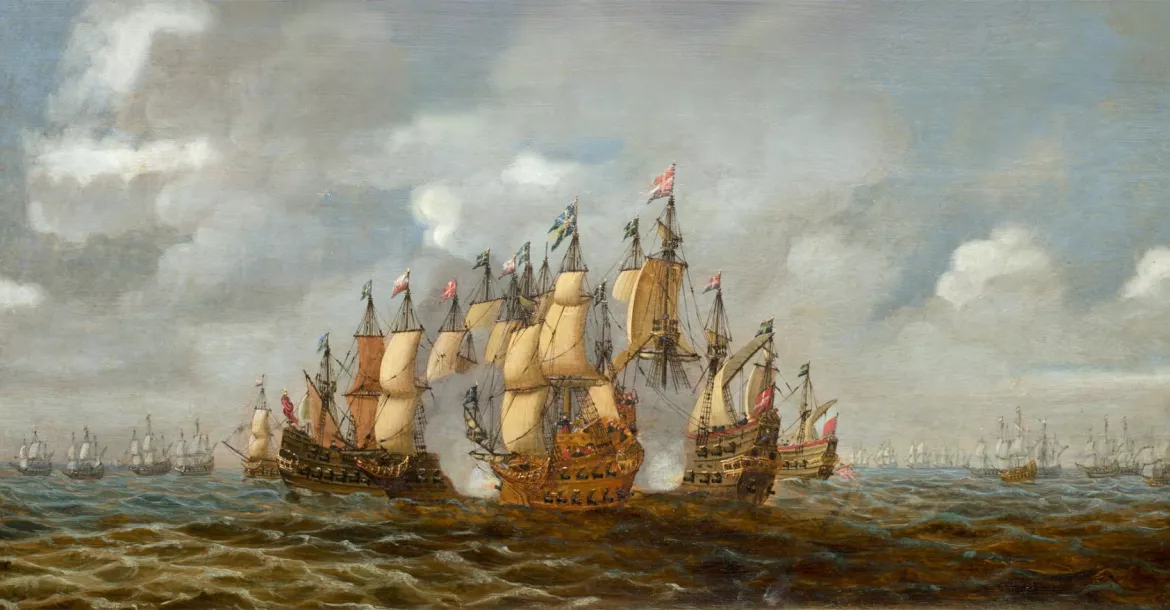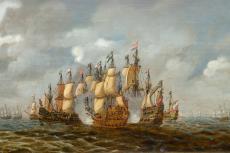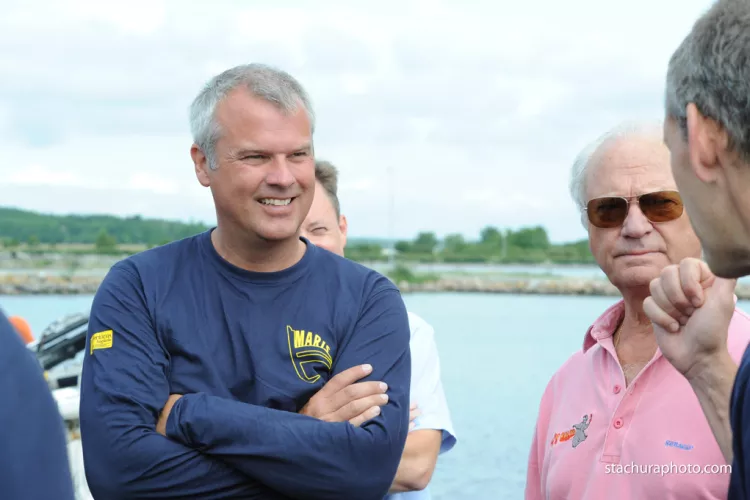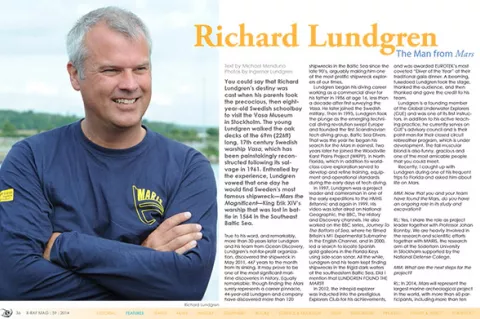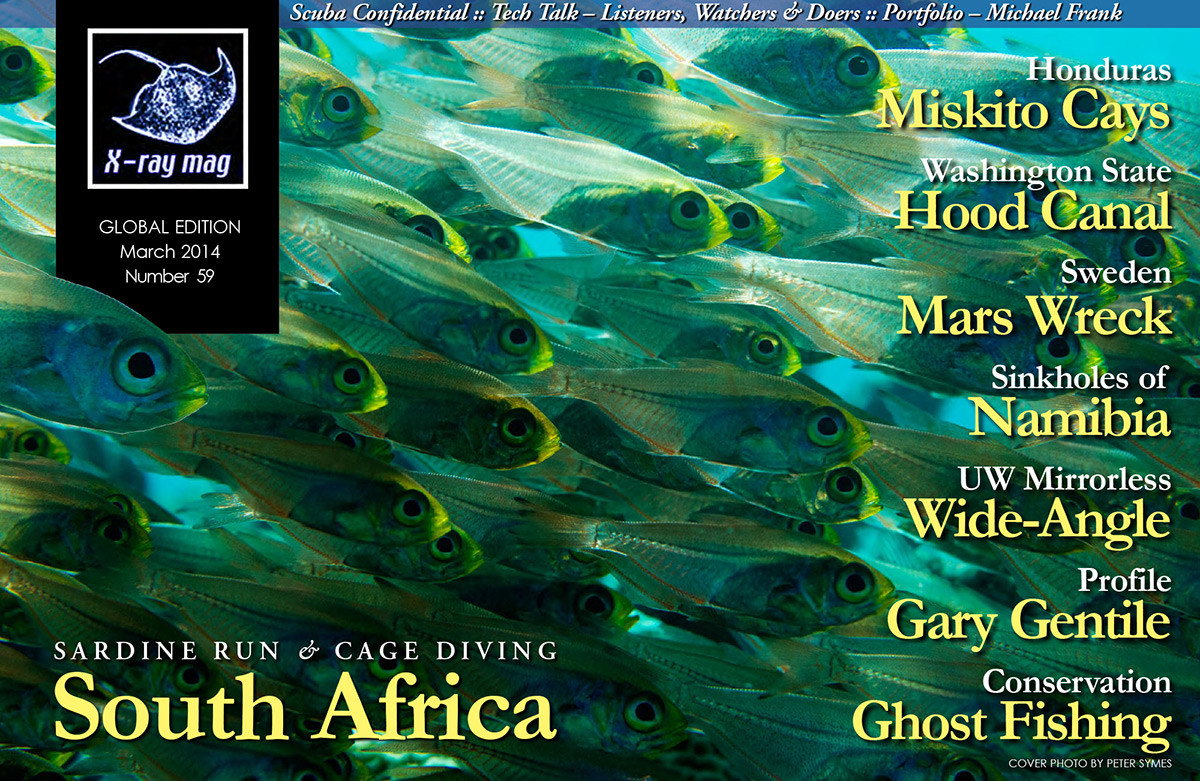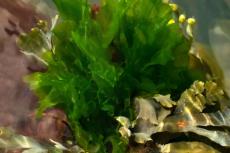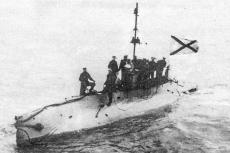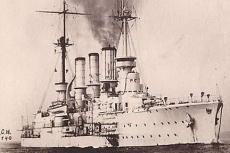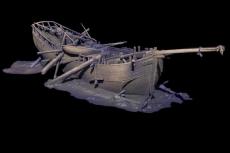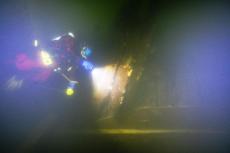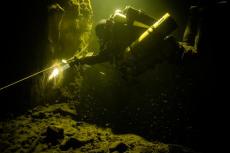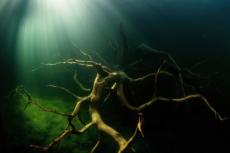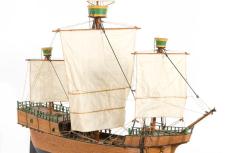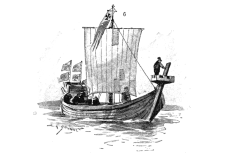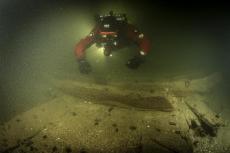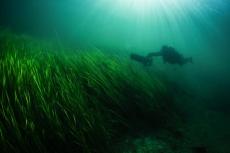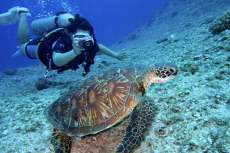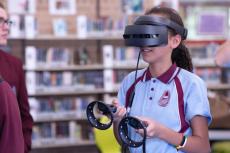You could say that Richard Lundgren’s destiny was cast when his parents took the precocious, then eight-year-old Swedish schoolboy to visit the Vasa Museum in Stockholm.
The young Lundgren walked the oak decks of the 69m (226ft) long, 17th century Swedish warship Vasa, which has been painstakingly reconstructed following its salvage in 1961. Enthralled by the experience, Lundgren vowed that one day he would find Sweden’s most famous shipwreck—Mars the Magnificent—King Erik XIV’s warship that was lost in battle in 1564 in the Southeast Baltic Sea.
Contributed by
True to his word, and remarkably, more than 30 years later Lundgren and his team from Ocean Discovery, Lundgren’s not-for-profit organization, discovered the shipwreck in May 2011, 447 years to the month from its sinking. It may prove to be one of the most significant maritime discoveries in history. Equally remarkable: though finding the Mars surely represents a career pinnacle, 44-year-old Lundgren and company have discovered more than 120 shipwrecks in the Baltic Sea since the late 90’s, arguably making him one of the most prolific shipwreck explorers of our times.
Lundgren began his diving career working as a commercial diver for his father in 1986 at age 16, less than a decade after first surveying the Vasa. He later joined the Swedish military. Then in 1995, Lundgren took the plunge as the emerging technical diving revolution swept Europe and founded the first Scandinavian tech diving group, Baltic Sea Divers. That was the year he began his search for the Mars in earnest. Two years later he joined the Woodsville Karst Plains Project (WKPP), in North Florida, which in addition to world-class cave exploration served to develop and refine training, equipment and operational standards during the early days of tech diving.
In 1997, Lundgren was a project leader and cameraman in one of the early expeditions to the HMHS Britannic and again in 1999. His video was later aired on National Geographic, the BBC, The History and Discovery channels. He also worked on the BBC series, Journey To The Bottom of Sea, where he filmed Britain’s M1 Experimental Submarine in the English Channel, and in 2000, led a search to locate Spanish gold galleons in the Florida Keys using side-scan sonar. All the while, Lundgren and his team kept finding shipwrecks in the frigid dark waters of the southeastern Baltic Sea. Did I mention that LUNDGREN FOUND THE MARS?
In 2012, the intrepid explorer was inducted into the prestigious Explorers Club for his achievements and was awarded EUROTEK’s most coveted “Diver of the Year” at their traditional gala dinner. A beaming, tuxedoed Lundgren took the stage, thanked the audience, and then thanked and gave the credit to his team.
Lundgren is a founding member of the Global Underwater Explorers (GUE) and was one of its first instructors. In addition to his active teaching practice, he currently serves on GUE’s advisory council and is their point man for their closed-circuit rebreather program, which is under development. The tall muscular blond is also funny, gracious and one of the most amicable people that you could meet.
Recently, I caught up with Lundgren during one of his frequent trips to Florida and asked him about life on Mars.
MM: Now that you and your team have found the Mars, do you have an ongoing role in its study and excavation?
RL: Yes, I share the role as project leader together with Professor Johan Ronnby. We are heavily involved in the research and scientific efforts together with MARIS, the research arm of the Sodertorn University in Stockholm supported by the National Defense College.
MM: What are the next steps for the project?
RL: In 2014, Mars will represent the largest marine archaeological project in the world, with more than 60 participants, including more than ten scientists of international fame. During 2013 we recovered cannons and some wood details that will enable researchers to do a reconstruction. This year we will continue these efforts but also focus more on the life of the sailors on board and the poor souls that lost their lives during the fierce battle.
We will also recreate the entire wreck site using techniques that have never been implemented before. In the end, we will have a model of the entire site accurate to 2mm. This has never been done before.
MM: Wow! How will you do that?
RL: We are developing some new techniques allowing for non-intrusive archeology. I can’t give away any details right now, but we have ways of capturing highly accurate 3D models underwater and then recreating them on dry land. It’s a cooperation between my company Ocean Discovery and MARIS.
MM: Last time we talked, you mentioned the possibility of doing a Mars documentary. Is that still in the works?
RL: The first documentary movie will air in 2015. Reenactments will be shot this year and more underwater video. The giant screen 3D production is in the works together with a prominent U.S. production company.
MM: Has the discovery made a splash at home in Sweden?
RL: Yes, the first museum exhibition has opened in Vastervik with great success, and work is underway on a Mars-themed amusement park and much, much more.
MM: Are there any takeaway lessons that you have drawn from the Mars project?
RL: That cooperation is the key to success and that nothing is impossible!
MM: Are you planning any new exploration projects?
RL: One of the most important projects we are planning this year is linked to the Mars project. On the first day of the naval battle in 1564, Mars sank one of the opposing armadas admiral’s ship. This was probably the first time in history a warship actually sank another using artillery alone. Even though this casualty of war is probably smaller than Mars, it would still add to our knowledge of what actual occurred during the battle if we can find it. Since the ship didn’t burn and explode, the wreck may actually be found in near perfect condition on the seabed.
GUE is also planning several exploratory projects during the year in the Bahamas, Azores and in the Mediterranean. 2014 will be the year of global exploration for us.
MM: What would you say are the biggest challenges in being an explorer?
RL: Finding time to prepare and participate in all the fantastic opportunities that present themselves and to make the most of them. I’m, for one, not interested in just diving a target; I always want to know more!
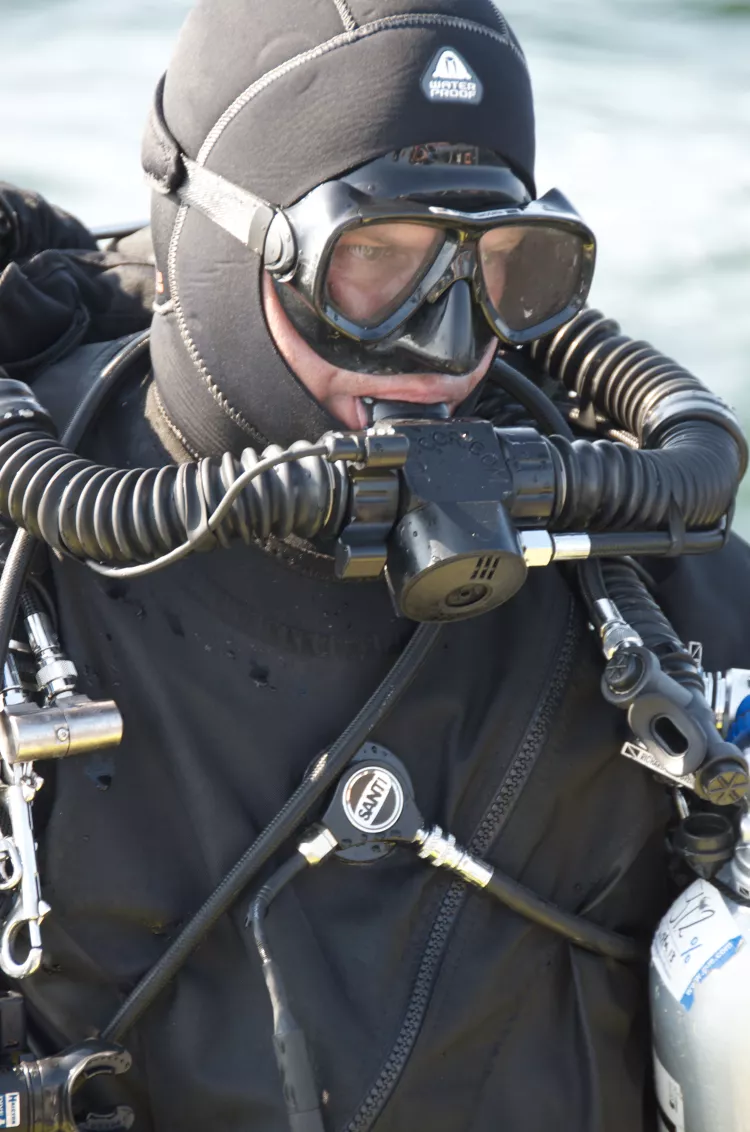
MM: I see from Facebook that you are spending a lot of time in Florida. What else are you doing these days?
RL: Yes, I created a closed circuit rebreather (CCR) class for Global Underwater Explorers that we are beta testing. The class is based on five years of testing and getting input from many other users and manufacturers. GUE has not yet made the decision to go with CCR, but we are well prepared if we do.
MM: How many GUE members have been through the training?
RL: So far the entire training counsel and many senior instructors have been through the program in addition to some GUE divers. To date close to 50 people have been through the program.
MM: Have you gotten any insights or lessons re: CCR safety as a result?
RL: We have, so far, been pleasantly surprised about how well the units tested performed. There have actually been very few glitches. I have found that some individuals work better with complex technologies than others. Everyone can learn, but for some, it’s easier. This has been a challenge we’ve worked to overcome in designing the classes.
It’s hard to say too much about the safety of the units. Most of the incidents we’ve seen find their roots in poor practices and user errors. The GUE system is particularly good at addressing these types of issues, so we hope to help future rebreather divers become more safe.
MM: Are rebreathers the future for deep (tech) diving?
RL: Rebreathers will definitely play a vital role in the future of tech diving and exploration!
MM: I hear that you are on a diet and working out like crazy. What’s going on with that?
RL: It’s my secret diet. I eat less and work out more! [Lundgren chuckles]
Actually, it’s pretty basic. I’ve stopped eating foods that aren’t healthy, reduced my intake and started doing daily two-hour workouts. This year will be challenging for me, and I’m preparing for it! ■

